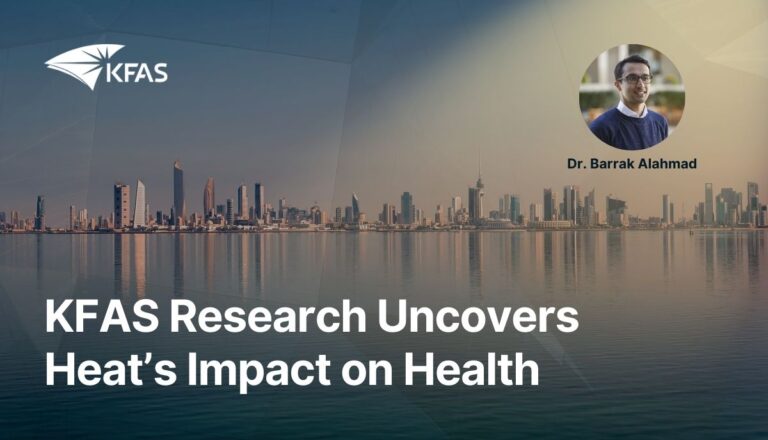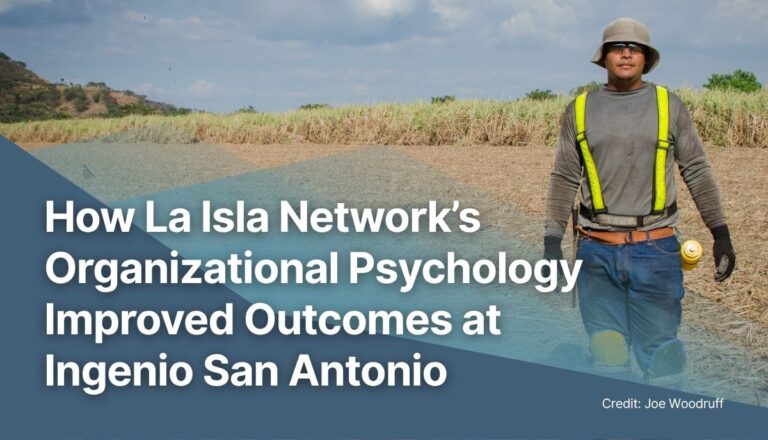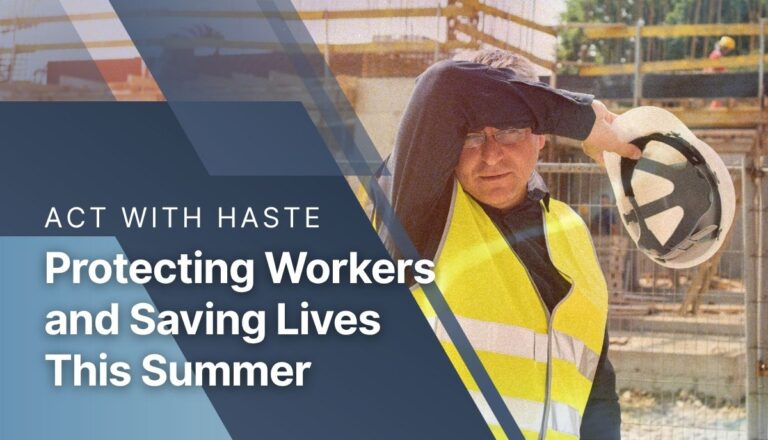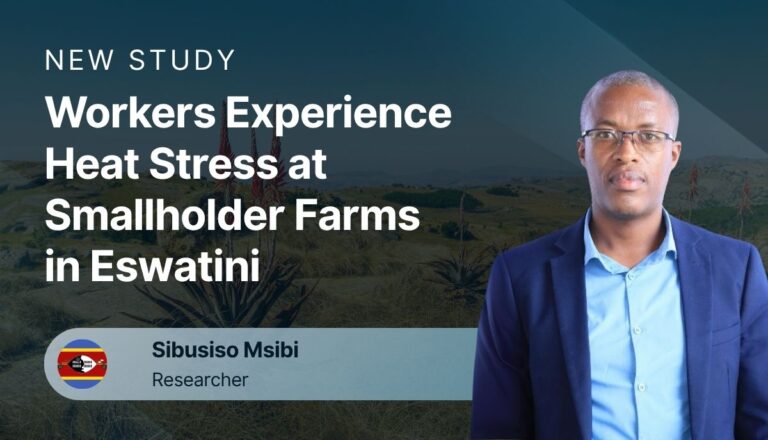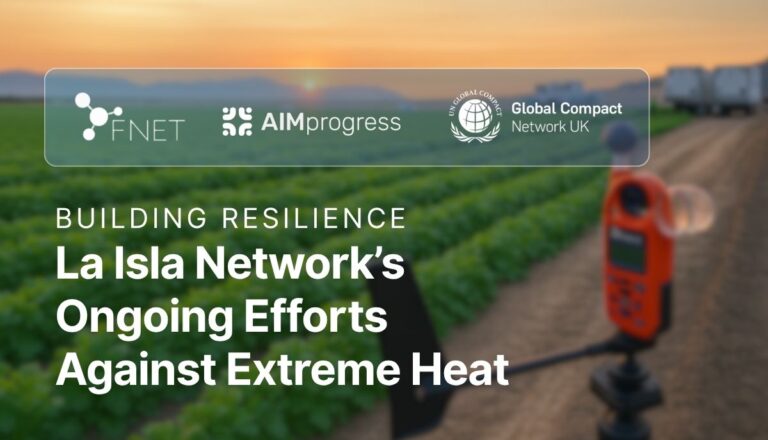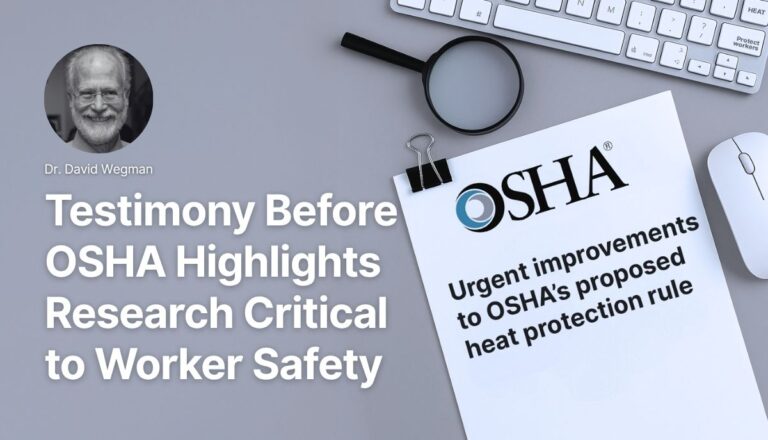La Isla Network is a global interdisciplinary team composed of nephrologists, epidemiologists, public health experts, economists, photojournalists, and physiologists (to name a few). We recently had the opportunity to sit down with a member of the LIN physiology team, Zachary Schlader of Indiana University – Bloomington, to ask him about his involvement in recently published research regarding Chronic Kidney Disease of non-traditional causes (CKDnt) in the United States. Zachary’s expertise was recently featured in the Washington Post and MIT Technology Review.
Thanks for joining us. Can you tell us about your role in La Isla Network?
A significant portion of our research involves understanding what heat exposure does to the human body, why it provokes these changes, whether these responses are good or bad, and if they are bad what can we do about it. Broadly, my role with LIN is to provide these types of insights with regards to occupational heat stress and its impacts on the kidneys.
What are the main focus areas of your research?
Broadly, our lab is interested in understanding the impact of environmental stressors on health, safety and well being. Over the last 5+ years, our work has focused predominantly on the impact of heat stress on kidney function and injury. We have a particular interest in understanding the mechanisms underlying such impacts with the goal of developing interventions to protect vulnerable populations (e.g., manual laborers).
You were recently a co-author on a paper investigating occupational heat exposure and the risk of CKDnt facing workers in the United States. What did the study identify?
In this review of the literature, we aimed to identify populations of workers at risk of CKDnt in the U.S. workforce. Indeed we identified that several occupations experience significant heat stress, which places them at risk of developing CKDnt.
Were you surprised by these findings?
In general, we were not overly surprised. What was surprising, however, was the lack of information available in the scientific literature on the thermal conditions experienced by U.S. workers. This is true even in occupational sectors that are generally acknowledged to regularly experience heat stress, such as construction.
What research is still needed in this area?
There is so much that needs to be done in this area! To name a few – We need to improve our fundamental understanding of how and why heat stress is potentially bad for the kidneys. We need to identify and test countermeasures to see if we can protect people. And we need to understand interactions between other heat stress and other known nephrotoxins.
How has collaborating with La Isla Network aided your work?
I have been collaborating with LIN for about 9 months and I think it is fair to say we are developing a great working relationship. LIN provides me (and the folks in our lab) perspective with regards to the importance of our work. Sometimes in the lab you lose track of the ‘big picture’. However, in working with LIN and the multidisciplinary scientific team, you can really start to appreciate the importance of our work. As such, this collaboration has led to several new ideas that we are working on, which will hopefully lead to new understandings in ways to improve worker health and safety.
How are you hoping to grow your research work over the next five years?
We are really trying to focus on doing the right studies at the right time to ensure we are providing a high quality evidence base to support interventions that can be employed in ‘at-risk’ job sites. In line with this, over the next five years, I would like to grow both the basic science and translational aspects of our research. My goal is that the basic science (animal or human studies) work will inform the development of interventions that we can translate to the workplace or public health settings to have a real impact in people’s lives.
What impact do you want your research to have on the world?
I hope that our research will improve health and safety and promote wellbeing during heat exposure encountered occupational settings or otherwise (e.g., heatwaves), particularly in the most vulnerable populations. Admittedly, this is a big goal! But if our work can help catalyze moving the needle in this direction I would consider that a huge success.
Zachary Schlader is a physiologist and associate professor in the Department of Kinesiology in the School of Public Health at Indiana University – Bloomington.



